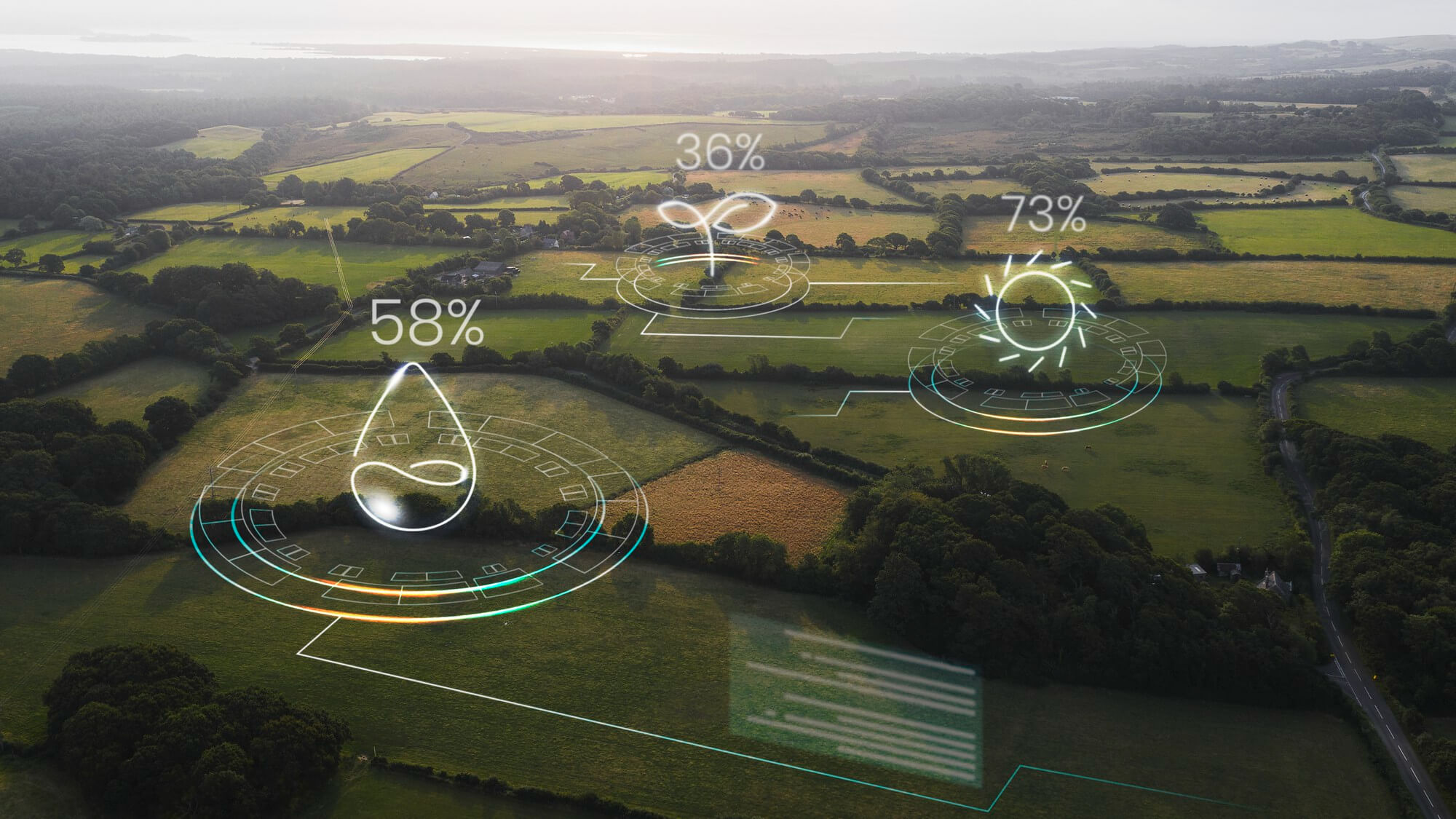Introduction: The limits of old tools
When I study finance and accounting, I realize something: many of the models we use to value companies were created for a world that no longer exists. Discounted Cash Flow (DCF), Price-to-Earnings ratios, market multiples—all these methods assume stability, predictability, and linear growth.
But today, the world is not stable. Climate risks, social pressures, and technological disruptions make the future uncertain. Old models give the illusion of precision, but they miss reality.
That’s why I believe traditional valuation models are failing. If we want finance to guide us into a sustainable world, we need new tools that reflect the risks and opportunities of our time.
Why old models don’t work anymore
Let’s look at some examples of why traditional methods are no longer enough.
- Climate risks are invisible in DCF
DCF assumes we can predict cash flows far into the future. But what happens if a carbon tax suddenly makes a company’s business model obsolete? What if extreme weather disrupts supply chains? Old models don’t capture these shocks.
- Social costs are ignored
A company may look profitable on paper while paying poverty wages, displacing communities, or relying on child labor. None of these risks appear in P/E ratios or multiples. But when scandals erupt, valuations collapse overnight.
- Technological disruption changes everything
Think of energy. Ten years ago, coal looked profitable for decades. Then renewable energy costs dropped, and carbon policies accelerated. Many coal assets became stranded. Traditional models didn’t see it coming.
For me, this shows the truth: old models are not designed for today’s uncertainties.
The need for new valuation approaches
So what should valuation look like in a sustainable world? I believe it needs to integrate three new dimensions.
- Climate-adjusted valuations
Models must reflect physical and transition risks. For example, cash flows should be stress-tested against different climate scenarios: floods, droughts, carbon prices. A company exposed to these risks should be discounted accordingly.
- Social impact as value
Valuation should include how a company treats its workers, suppliers, and communities. Why? Because social unrest, strikes, or reputational damage can quickly destroy value. A company that invests in inclusion and fair practices should be worth more.
- Long-term resilience
Traditional models often stop at 5–10 years. But sustainability is about generations. We need models that capture long-term resilience—whether a company can adapt, regenerate, and survive beyond the next quarter.
What this could look like in practice
Imagine two companies:
- Company A is profitable today but depends on coal, pays minimum wages, and has little innovation.
- Company B invests in renewable energy, pays fair wages, and innovates in circular economy models.
Traditional models may value them the same—or even give a higher valuation to Company A, because it has higher short-term profits.
But in reality, Company B is the future. Its business is resilient, attractive to investors, and aligned with regulation. Company A is a ticking time bomb.
This is why valuation must change. It must reward resilience and sustainability—not just short-term profits.
Towards “Sustainable Valuation Models”
I believe we need to create Sustainable Valuation Models that integrate financial, environmental, and social dimensions together.
These models could include:
- Carbon-adjusted cash flows: penalizing companies with high emissions and rewarding those with clean energy.
- Biodiversity credits: adding value to companies that restore ecosystems.
- Social resilience scores: integrating worker well-being, inclusion, and community impact into valuations.
This is not fantasy. Some investors are already experimenting with “impact-weighted accounting” where financial results are adjusted for environmental and social effects. It’s only the beginning.
Why this matters for Africa
For me, this debate is especially relevant in Africa. Why? Because Africa is both vulnerable and full of opportunity.
If we use old models, African projects may look “too risky” or “not profitable enough.” But if we include sustainability, many African projects become extremely attractive.
For example:
- A solar mini-grid project may not show huge short-term profits, but its long-term impact on resilience, productivity, and social stability is enormous.
- A women-led cooperative may not be valued highly in traditional terms, but its contribution to education, health, and food security makes it transformative.
This is why I think Africa should not just adopt old valuation models. It should pioneer new ones, where sustainability is at the heart of financial analysis.
My vision: Finance that reflects reality
When I think about the future of valuation, I imagine this:
An investor doesn’t just ask: “What is the company’s EBITDA?”
They also ask: “What is its carbon footprint? How resilient is its supply chain? How much value does it create for communities?”
A sustainable valuation model would not separate “financial value” from “impact value.” It would combine them, because in reality they are inseparable.
This is the finance I want to see: finance that reflects the real world, not a simplified version of it.
Conclusion
Traditional valuation models belong to a world of stability and predictability. But we live in a world of climate shocks, social pressures, and rapid transitions. If finance continues to use outdated tools, it will keep mispricing risks and ignoring opportunities.
That’s why I believe we must build new valuation approaches for a sustainable world. Models that integrate climate, social, and resilience factors into financial analysis.
Because at the end of the day, valuation is not just about numbers—it’s about truth. And the truth is, companies that ignore sustainability are not valuable. They are vulnerable.
In my view, the future of finance will belong to those who create models that capture this reality. And Africa, with its unique challenges and opportunities, has the chance to lead this change.



